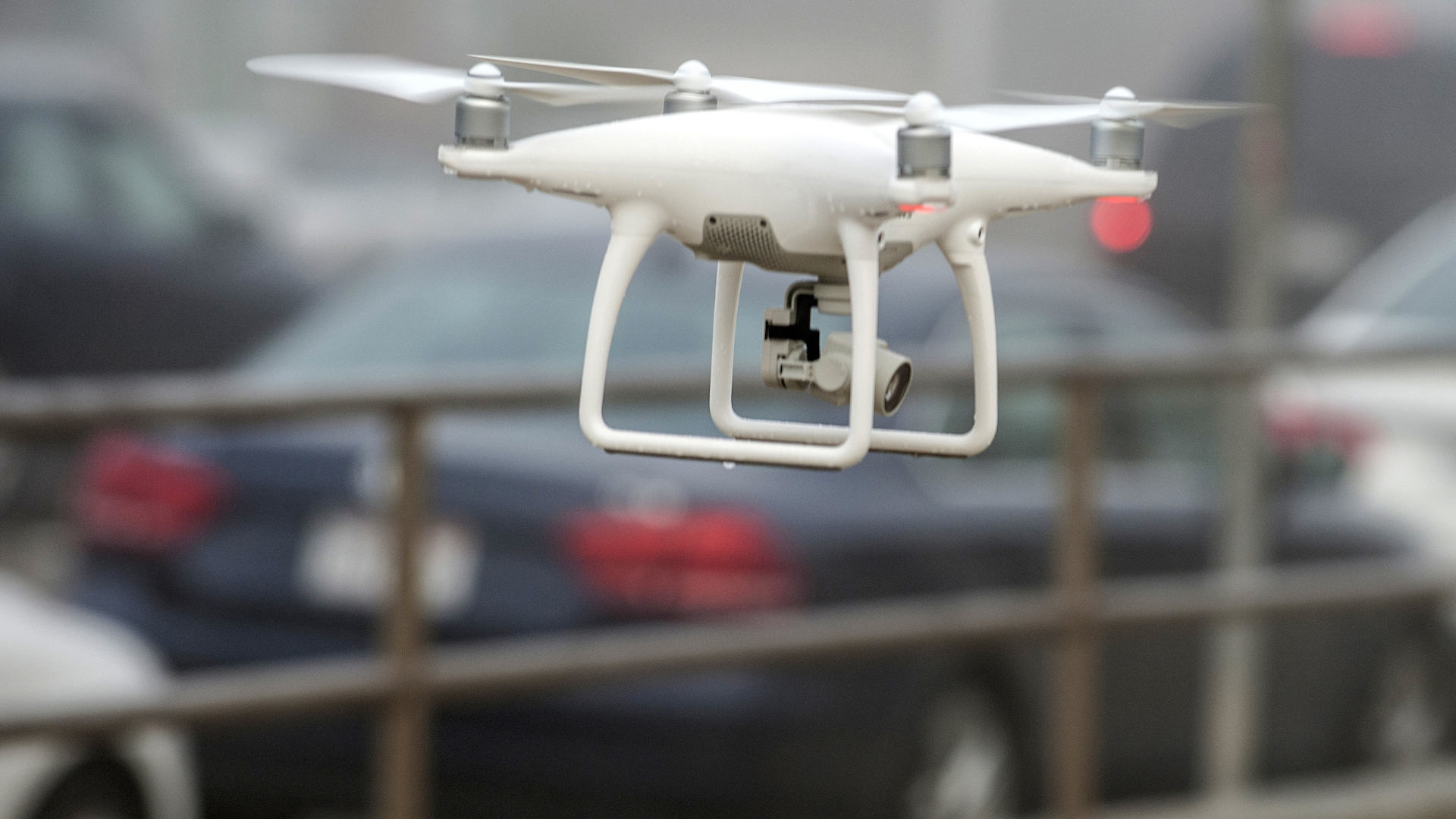

Nesta, a self-described “global innovative foundation” which finances promising new ideas intended to solve the big issues of our modern era, has just released a 225-page joint report backed by the U.K. government called “Flying High: Shaping the Future of Drones in U.K. Cities.” The report focuses on the wide variety of proposed drone technology implementation in Great Britain.
The Flying High Challenge began in December of last year, and with the government’s support, aims to take advantage of modern unmanned aerial technologies to make a few societal standards more efficient through five main areas of focus: medical supply delivery in London, traffic accident monitoring in the West Midlands, firefighting assistance in Bradford, construction support in Preston, and medical supply transportation to the Isle of Wight.
The report essentially consolidates all the functional research done in the past eight months by drone experts and researchers to provide practical advice on how best to implement UAVs in urban environments, in addition to policy suggestions and the potential benefits of standardizing drones in the above-mentioned areas. Of course, in order to actually do so, there’s quite a bit of physical and digital preparation required to safely integrate fleets of UAVs into a major, conventional city landscapes.
“While there is demand for all of the use cases that were investigated, the economics of the different use cases vary: Some bring clear cost savings; others bring broader social benefits,” the report explains. “Alongside technological development, regulation needs to evolve to allow these use cases to operate. And infrastructure like communications networks and UTM systems will need to be built.”
Understanding that establishing a secure, cohesive unmanned traffic management (UTM) system is inarguably the most important lesson of all is a positive sign of self-awareness here. It’s undoubtedly clear by now that drones can assist firefighters in garnering a practical bird’s-eye view, as is the benefit of sending a camera-drone to the scene of an accident so that first responders can better understand the situation before arriving. Delivering medical supplies to remote areas is easier through autonomous aerial vehicles than it is through conventional, ground-based methods. Fortunately, there’s a strong advocacy in this report rooted in the unequivocal need of a thorough UTM, so that aerial support in these scenarios can actually be standardized.
In addition to a thorough UTM serving as the basis for cities eager to substantially implement drones in everyday life, the report urges the industry at large to shift the conversation from the more exciting drone uses to the more socially beneficial. “A great deal of publicity has been given to speculative use cases like flying cars and delivering online shopping,” the report states. “There may be a place for these in the long term…but these are a distraction from the more immediate and socially beneficial uses drones could be put to. Industry – and the public discussion on drones – should first focus on these.” In other words, if Britons want to see drones used for the public wellbeing, visible demand for that needs to be nurtured, in order for those funding (stakeholders) and those legislating (regulators) that possibility to step in.
Ultimately, Nesta’s report proposes that public legitimacy, governmental policy, and corporate action are so interconnected that focusing on one area alone won’t produce results from the requisite rest. In terms of the foundation’s suggestions, additional testbeds for more plentiful data are at the forefront, in addition to a more loosened regulatory process. Concluding the paper’s recommendations section, once again, is an all-encompassing UTM, either developed by the public or private sector. The report also reminds those eager to see Great Britain in lock-step with territories like the U.S., Europe, and Singapore, that much of the above-mentioned areas of testing have undergone great strides outside of the U.K. This is fairly evident by the UAS Integration Pilot Program in the States, alone.
“The prize, if we get this right, is that we shape this new technology for good – and that Britain gets its share of the economic spoils,” according to the report.